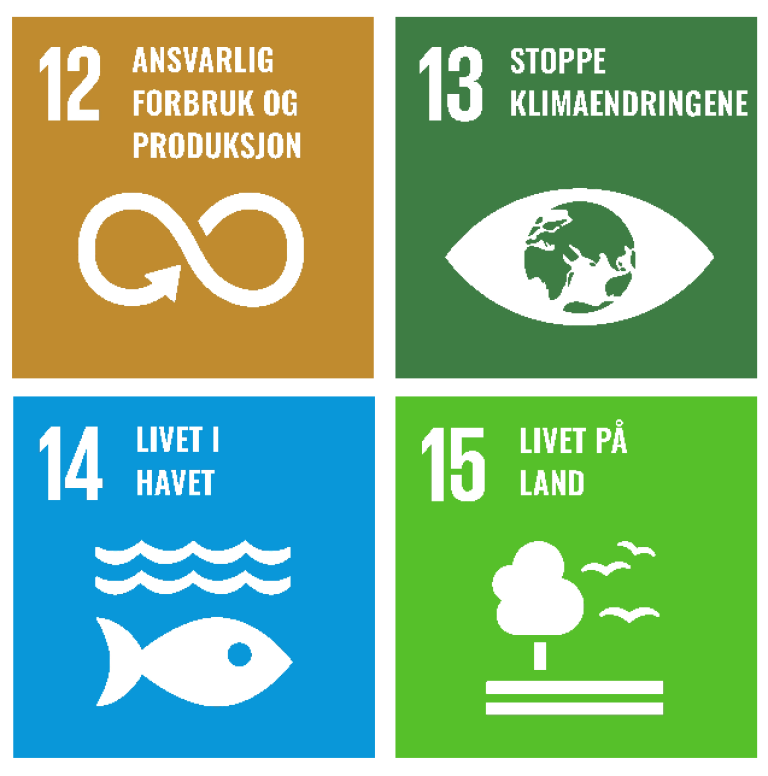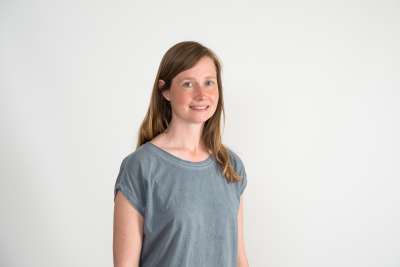
Livsløpsanalyser (LCA)
LCA er en forkortelse som står for Life Cycle Assessment. På norsk oversettes uttrykket ofte til livssyklusanalyse, eller livsløpsanalyse. Forskergrupper i NIBIO bruker livsløpsanalyser for å vurdere miljøeffekter av å produsere, distribuere, bruke og avfallshåndtere varer og tjenester med basis i biologiske ressurser.
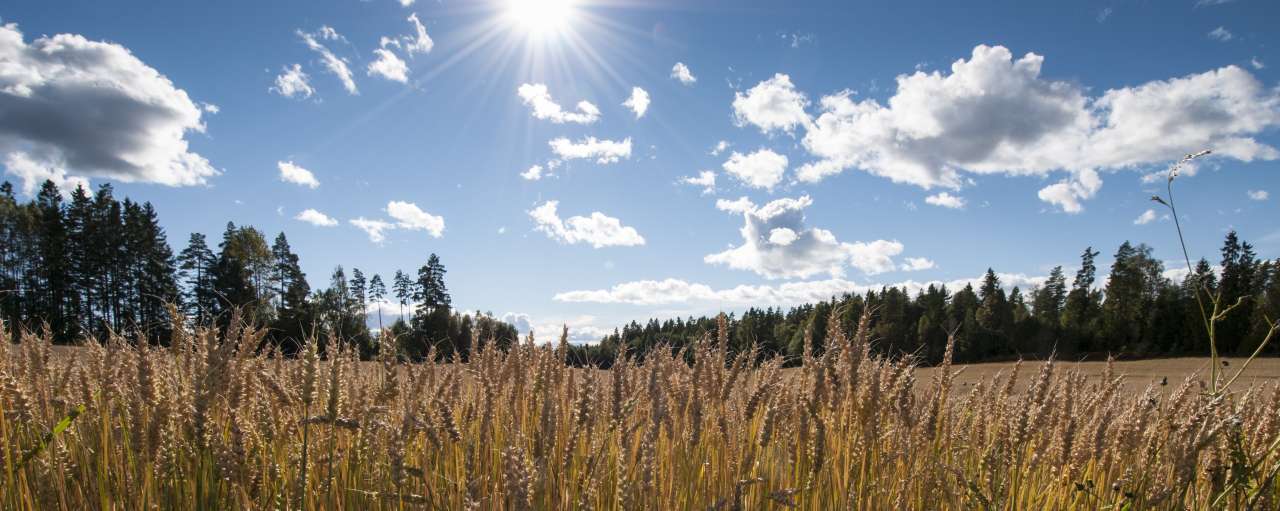
Livsløpsanalyser er en systematisk gjennomgang av alle trinn fra utvinning av råstoffene som trengs for et produkt eller en tjeneste, til det blir resirkulert eller kastet som avfall. Dette omtales gjerne som at en følger produktet fra vogge til grav. Metoden er internasjonalt standardisert (ISO 14040/14044), og kan besvare tre sentrale spørsmål:
-
Hvilke viktige miljøproblemer skapes av et system?
-
Hvor i livsløpet oppstår disse miljøproblemene?
-
Hvor ligger det største potensialet for miljømessig forbedring av et system?
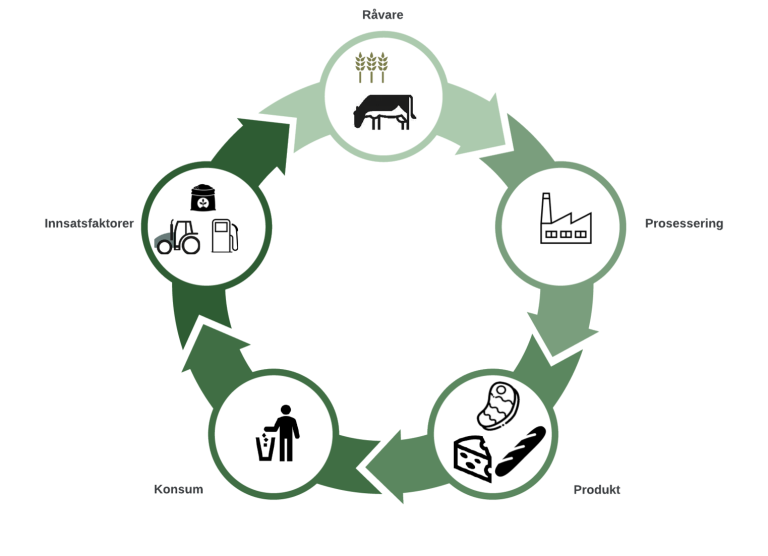
Figur: Siri Furre/NIBIO
Det er omfattende og ikke alltid relevant å beregne hele livsløpet til et produkt eller en tjeneste fra utvinning av råstoff til avhending. En LCA kan også begrenses til å gjelde deler av livsløpet, for eksempel fra vogge til gårdsgrinda, til butikkhylla eller hjem til forbruker. Dette gjøres ved å definere en systemgrense for hva som skal inkluderes i beregningene.
I tillegg til å avgjøre hvilke deler av en verdikjede som inkluderes, må en også bestemme hvilke prosesser som skal tas med innenfor det definerte systemet. Skal en f.eks. ta hensyn til utslipp knyttet til nedbryting eller binding av organisk materiale i jorda, til produksjonen av bygninger, etc.? Definisjonen av systemgrensen og hvilke prosesser som skal inkluderes innenfor systemet er avgjørende for resultatet av en LCA.
Før en kan gjennomføre en analyse må en også definere en såkalt funksjonell enhet. Den funksjonelle enheten er et kvantitativt mål på produktet eller tjenesten som skal leveres. En funksjonell enhet kan f.eks. være ett kilo brød (ferskvekt) levert fram til butikkhylla, eller 15 000 km årlig persontransport på veg. Systemgrensene må nødvendigvis korrespondere med den funksjonelle enheten.
I analysen summeres alle utslipp som oppstår helt fra utvinning av råstoff og for alle trinn i verdikjeden fram til funksjonell enhet, og for alle prosesser som er inkludert. For enkelthets skyld grupperes utslippene i kategorier, der alle utslipp innenfor én kategori regnes om til en felles enhet. For eksempel, utslipp av klimagasser som karbondioksid (CO2), metan og lystgass omregnes til kilogram CO2-ekvivalenter (kg CO2e). Hvordan metan og lystgass veies mot CO2, varierer med hvilken tidsperiode man ser på, men typisk brukes en 100-års periode. Resultatene presenteres dermed ofte som GWP100, som viser klimagassenes potensielle oppvarmingseffekt over 100 år.
Kategoriene i en LCA kalles gjerne miljøindikatorer, og antall miljøindikatorer og hva den enkelte inkluderer/beskriver kan variere i forhold til målsetningen med analysen og mellom mulighetene i ulike programmer som brukes til å kjøre en LCA. Miljøbelastningen til et produkt eller en tjeneste uttrykkes normalt som forholdet mellom hver av miljøindikatorene og den funksjonelle enheten. Et eksempel på et slikt forhold kan være den globale oppvarmingseffekt knyttet til produksjonen av 1 kg brød levert til butikkhylla, med enhet kg CO2e/kg brød.
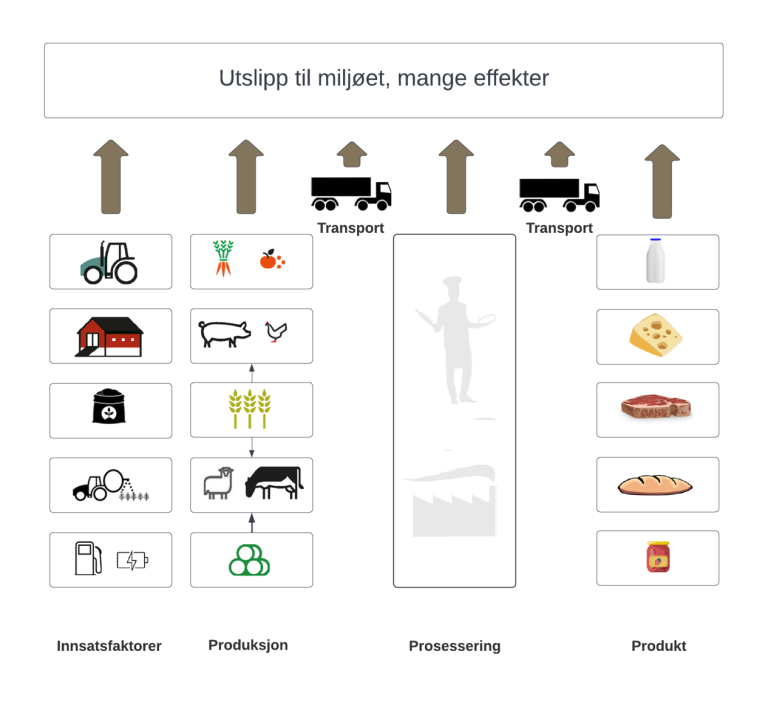
Figur: Siri Furre/NIBIO
LCA dekker ikke alle typer miljøpåvirkning og innebærer flere forenklinger og usikkerhetsfaktorer, spesielt når den brukes på biologiske prosesser som er vanskelige å overvåke eller måle og har en stor naturlig variasjon.
Et produkt kan ikke være bærekraftig i seg selv, men produksjonen av produktet kan være det. En klassisk LCA omfatter påvirkning på naturmiljøet, men det er også mulig å lage sosial LCA og økonomisk LCA. I tillegg jobbes det med å inkludere biologisk mangfold og bærekraft. Hittil mangler slike faktorer for at LCA skal gi en mer helthetlig analyse.
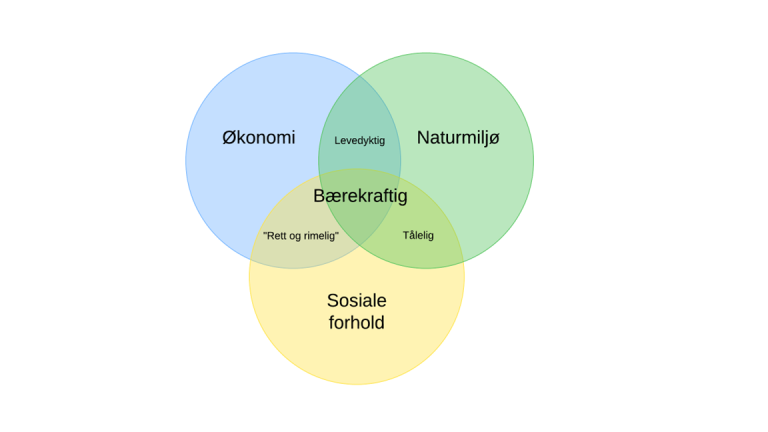
Ill: Audun Korsæth/NIBIO, omarbeidet av Siri Furre/NIBIO
Tolking av resultater
Ved tolking av resultater av LCA er det viktig å være bevisst på systemgrensene, da disse som nevnt påvirker resultatet av analysen. Forskjeller mellom studier i definisjon av systemgrensene gjør det svært utfordrende, og ikke anbefalt å sammenligne LCA resultater fra ulike studier med mindre de har brukt eksakt samme systemgrenser.
Under er resultater fra LCA for en rekke norske landbruksprodukter oppgitt, merk feltet beskrivelse som kort omtaler systemgrensene og ulikhetene mellom disse. Tabellen kan også leses i NIBIO-rapporten "Bærekraft i norsk jordbruksproduksjon - kunnskapsstatus for videre analyser"
%20v2.png)
NIBIO har valgt å etablere LCA-metoden i instituttets verktøykasse fordi den gir mulighet til å summere opp flere typer påvirkninger i et internasjonalt standardisert og anerkjent indikatorsett, fordi den gir mulighet til å benytte seg av store databaser som en kan bygge nye analyser på, og fordi både næring og forvaltning etterspør analyser der den brukes. Under finnes en liste med publikasjoner innen fagfeltet, samt oversikt over en del prosjekter hvor metodikken er brukt.
Publikasjoner
Sammendrag
Det er ikke registrert sammendrag
Sammendrag
Det er ikke registrert sammendrag
Sammendrag
Det er ikke registrert sammendrag
Sammendrag
Det er ikke registrert sammendrag
Sammendrag
The aim of this work was to calculate farm specific LCAs for milk-production on 200 dairy farms in Central Norway, where 185 farmed conventional and 15 according to organic standards. We assume that there are variations in environmental emission drivers between farms and therefore also variation in indicators. We think that information can be utilized to find management improvements on individual farms. Farm specific data on inputs and production for the calendar years 2014 to 2016 were used. The LCAs were calculated for purchased products and on farm-emissions, including atmospheric deposition, biological nitrogen fixation, use of fertilizer and manure. The enteric methane emission from digestion was calculated for different animal groups. The functional unit was one kg energy- corrected milk (ECM) delivered at farm-gate. For the 200 dairy farms there were huge variations of farm characteristics, environmental per- formance and economic outcome. On average, the organic farms produced milk with a lower carbon footprint (1.2 kg CO2 eq./kg ECM) than the conventional ones (1.4 kg CO2 eq./kg ECM). The organic farms had also a lower energy intensity (3.1 MJ/kg ECM) and nitrogen intensity (5.0 kg N/kg N) than their conventional colleagues (4.1 MJ/kg ECM and 6.9 kg N/kg N respectively). The contribution margin was better on the organic farms with 6.6 NOK/kg ECM compared to the conventional with 5.9 NOK/kg ECM. The average levels of the environmental indicators were comparable but slightly higher than findings in other international studies. The current study proved that the FARMnor model allows to calculate LCAs for large number of individual farms. The results show that the environmental performance and economic outcome vary between farms. We recommend that farm specific LCA-results are used to unveil what needs to be changed for improving a farm’s environmental performance.
Sammendrag
Det er ikke registrert sammendrag
Sammendrag
Det er ikke registrert sammendrag
Sammendrag
Det er ikke registrert sammendrag
Forfattere
Callum Aidan Stephen Hill Andrew Norton Janka DibdiakovaSammendrag
More than sixty environmental product declarations of insulation materials (glass wool, mineral wool, expanded polystyrene, extruded polystyrene, polyurethane, foam glass and cellulose) have been examined and the published information for global warming potential (GWP) and for embodied energy (EE) has been analysed and is presented. A peer-review literature survey of the data for GWP and EE associated with the different insulation products is also included. The data for GWP (kg carbon dioxide equivalents) and EE (megajoules) is reported in terms of product mass or as a functional unit (FU) (1 m2 of insulation with R = 1 m2 K/W). Data for some classes of insulation material (such as glass wool) exhibit a relatively narrow range of values when reported in terms of weight of product or as a functional unit. Other classes of insulation material exhibit much wider distributions of values (e.g., expanded polystyrene). When reported per weight of product, the hydrocarbon-based insulation materials exhibit higher GWP and EE values compared to inorganic or cellulosic equivalents. However, when compared on an FU basis this distinction is no longer apparent and some of the cellulosic based materials (obtained by refining of wood chips) show some of the highest EE values. The relationship between the EE and GWP per kg of insulation product has also been determined as being 15.8 MJ per kg CO2 equivalents.
Sammendrag
Det er ikke registrert sammendrag
Forfattere
Ola Stedje Hanserud Francesco Cherubini Anne Falk Øgaard Daniel Beat Mueller Helge BrattebøSammendrag
Increased nutrient cycling in the agri-food system is a way to achieve a healthier nutrient stewardship and more sustainable food production. In life cycle assessment (LCA) studies, use of recycled fertilizer products is often credited by the substitution method, which subtracts the environmental burdens associated with avoided production of mineral fertilizer from the system under study. The environmental benefits from avoided fertilizer production can make an important contribution to the results, but different calculation principles and often implicit assumptions are used to estimate the amount of avoided mineral fertilizer. This may hinder comparisons between studies. The present study therefore examines how the choice of substitution principles influences LCA results. Three different substitution principles, called one-to-one, maintenance, and adjusted maintenance, are identified, and we test the importance of these in a case study on cattle slurry management. We show that the inventory of avoided mineral fertilizer varies greatly when the different principles are applied, with strong influences on two-thirds of LCA impact categories. With the one-to-one principle, there is a risk of systematically over-estimating the environmental benefits from nutrient cycling. In a sensitivity analysis we show that the difference between the principles is closely related to the application rate and levels of residual nutrients in the soil. We recommend that LCA practitioners first and foremost state and justify the substitution method they use, in order to increase transparency and comparability with other studies. © 2017 Elsevier B.V. All rights reserved.
Forfattere
Ola Stedje Hanserud Kari-Anne Lyng Jerke W. de Vries Anne K. Falk Øgaard Helge BrattebøSammendrag
©2017 by the authors. Licensee MDPI, Basel, Switzerland. This article is an open accessarticle distributed under the terms and conditions of the Creative Commons Attribution(CC BY) license (http://creativecommons.org/licenses/by/4.0/).
Forfattere
Anne Kjersti Bakken Kristin Daugstad Astrid Johansen Anne-Grete Roer Hjelkrem Gustav Fystro Anders Hammer Strømman Audun KorsæthSammendrag
This is the authors' accepted and refereed manuscript to the article. Locked until 18 September 2019 due to copyright restrictions.
Sammendrag
Det er ikke registrert sammendrag
Forfattere
Matthias KoeslingSammendrag
Det er ikke registrert sammendrag
Sammendrag
Det er ikke registrert sammendrag
Forfattere
Callum Aidan Stephen Hill Janka DibdiakovaSammendrag
Det er ikke registrert sammendrag
Sammendrag
Det er ikke registrert sammendrag
Sammendrag
Embodied energy in barns is found to contribute to about 10–30% of total energy use on dairy farms. Nevertheless, research on sustainability of dairy farming has largely excluded consideration of embodied energy. The main objectives of this study were to apply an established model from the residential and commercial building sector and estimate the amount of embodied energy in the building envelopes on 20 dairy farms in Norway. Construction techniques varied across the buildings and our results showed that the variables which contributed most significantly to levels of embodied energy were the area per cow-place, use of concrete in walls and insulation in concrete walls. Our findings are in contrast to the assumption that buildings are similar and would show no significant differences. We conclude that the methodology is sufficiently flexible to accommodate different building design and use of materials, and allows for an efficient means of estimating embodied energy reducing the work compared to a mass material calculation. Choosing a design that requires less material or materials with a low amount of embodied energy, can significantly reduce the amount of embodied energy in buildings.
Sammendrag
Det er ikke registrert sammendrag
Forfattere
Anne-Grete Roer Hjelkrem Astrid Johansen Anne Kjersti Bakken Kristin Daugstad Gustav Fystro Anders Hammer StrømmanSammendrag
Det er ikke registrert sammendrag
Forfattere
Anne-Grete Roer Hjelkrem Audun Korsæth Trond Henriksen Ottar Michelsen Anders Hammer StrømmanSammendrag
Det er ikke registrert sammendrag
Prosjekter
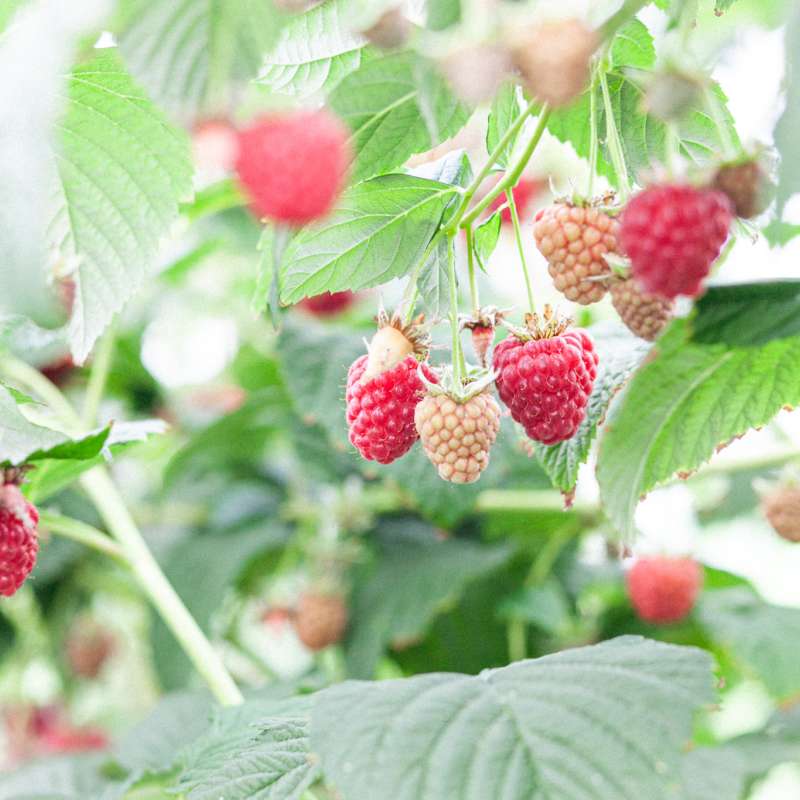
Divisjon for matproduksjon og samfunn
RobustRubus - En optimalisert og klimatilpassa produksjon av bringebær og bjørnebær i en forlenget sesong
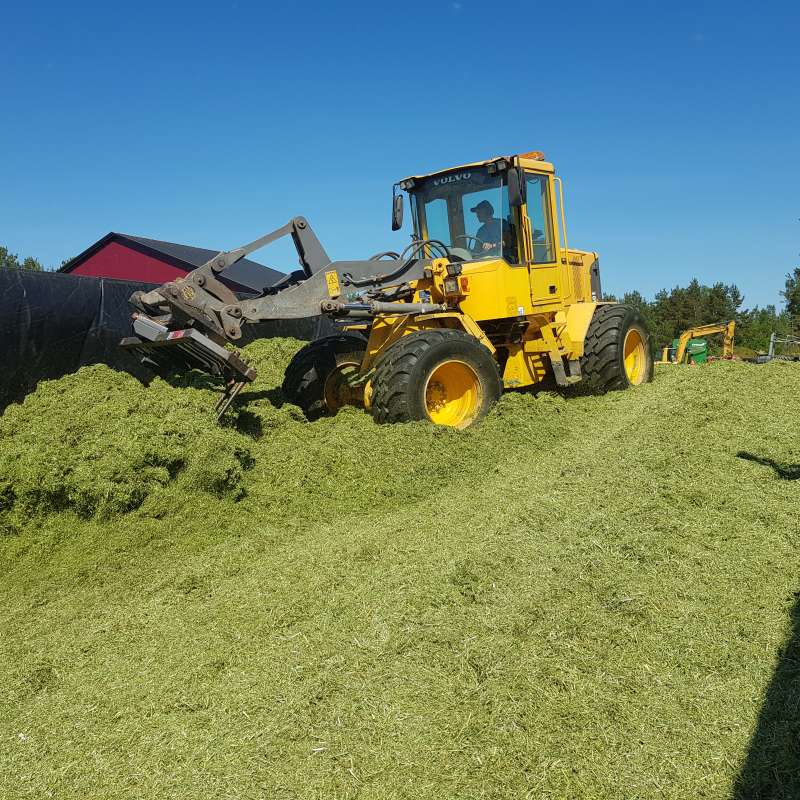
Divisjon for matproduksjon og samfunn
Klimagrovfôr - Strategier i grassurfôrproduksjon for å redusere enterisk metanutslipp fra drøvtyggere
Overordna mål for prosjektet er å utvikle strategier i surfôrproduksjonen som reduserer enterisk metanutslipp hos drøvtyggere.
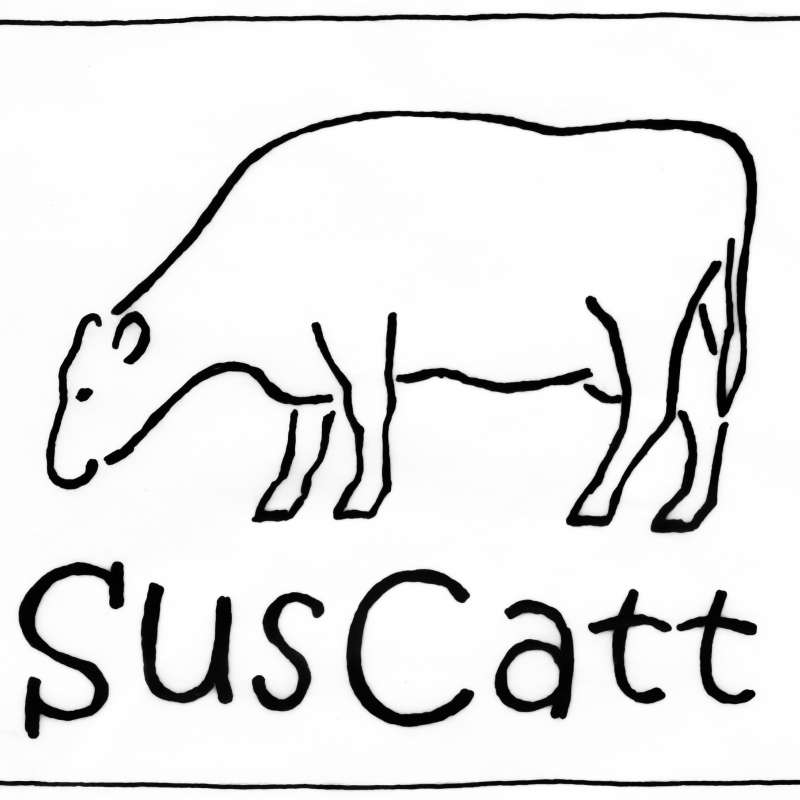
Divisjon for matproduksjon og samfunn
SusCatt
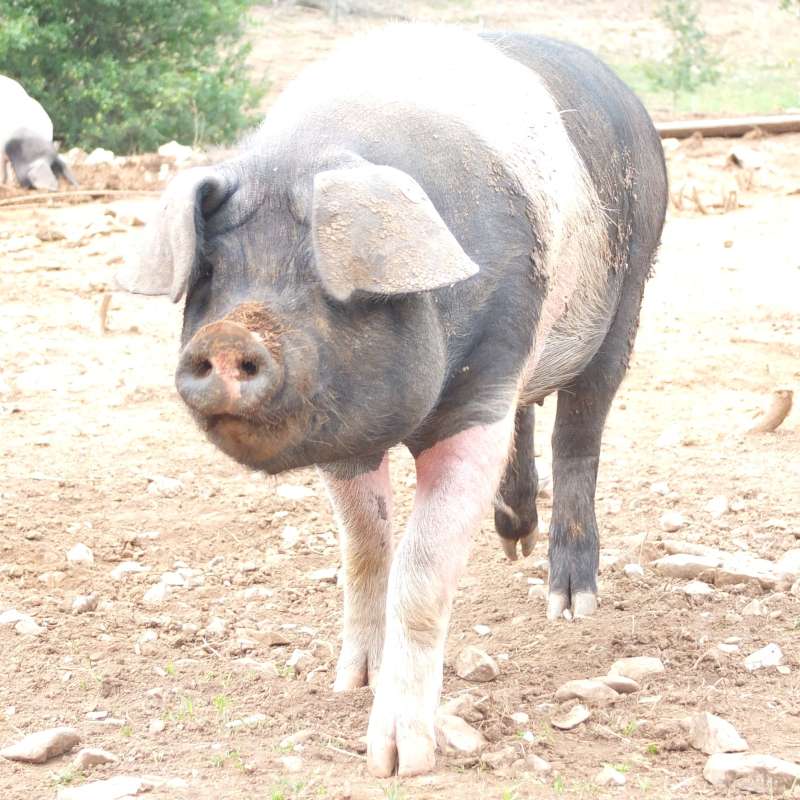
Divisjon for matproduksjon og samfunn
RObust Animals in sustainable Mixed FREE range systems - ROAM-Free
To reach the European Green Deal ambition of “at least 25 % of the EU’s agricultural land under organic farming by 2030” it is essential to support consumer interest and trust in organic animal products. Free-range pig systems comply well with consumer expectations and support the organic principles of “natural living”.
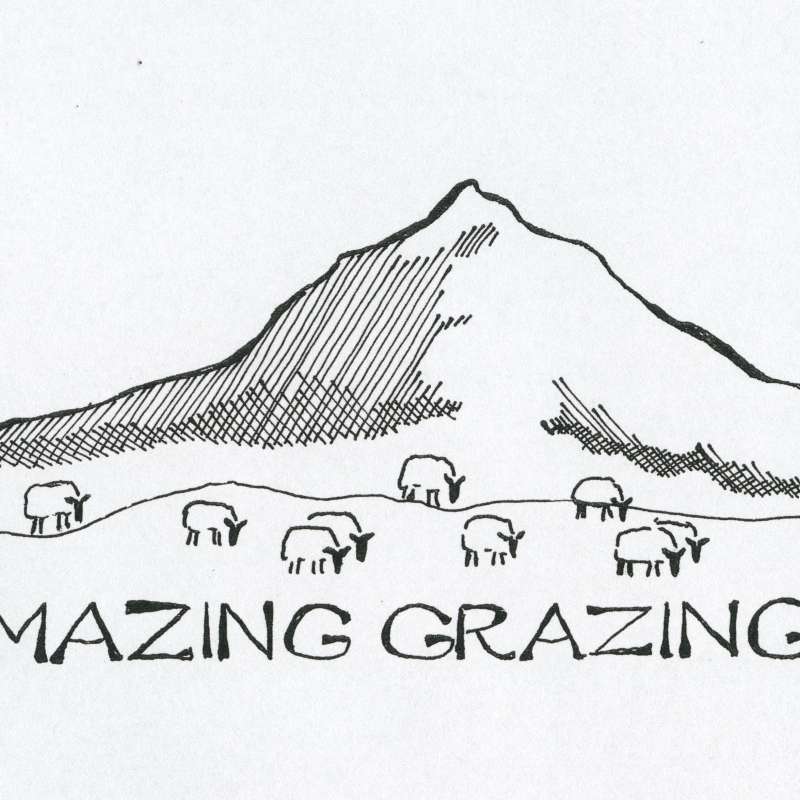
Divisjon for skog og utmark
#Amazing grazing - bærekraftig kjøtt og ull fra sau som beiter i norsk utmark
Kjøtt og ull fra norske sauer kommer fra gårder med ulikt ressursgrunnlag, ulike driftsopplegg og ulik ressursbruk. I dette prosjektet skal vi undersøke sauebonden sitt driftsopplegg, forbrukeren sin innsikt, og rammevilkårene som både bonden og forbrukeren må forholde seg til. Hvordan kan produksjonen forbedres, og hvordan kan forbrukeren få mer kunnskap og nærhet til hva beitebruk bidrar med gjennom produktene?
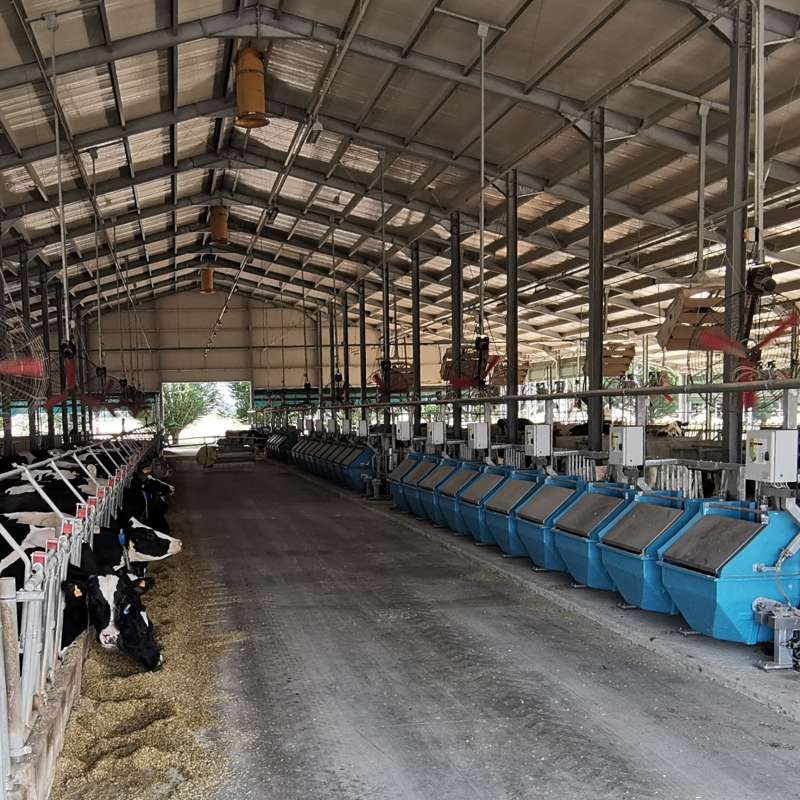
Divisjon for matproduksjon og samfunn
Balancing production and environment (ProEnv)
The ProEnv project aims to address the challenge of finding a balance between agricultural production and environmental impact in Europe. It will compare the two different approaches, "land spare" and "land share" and to evaluate them in their ability to achieve this equilibrium.
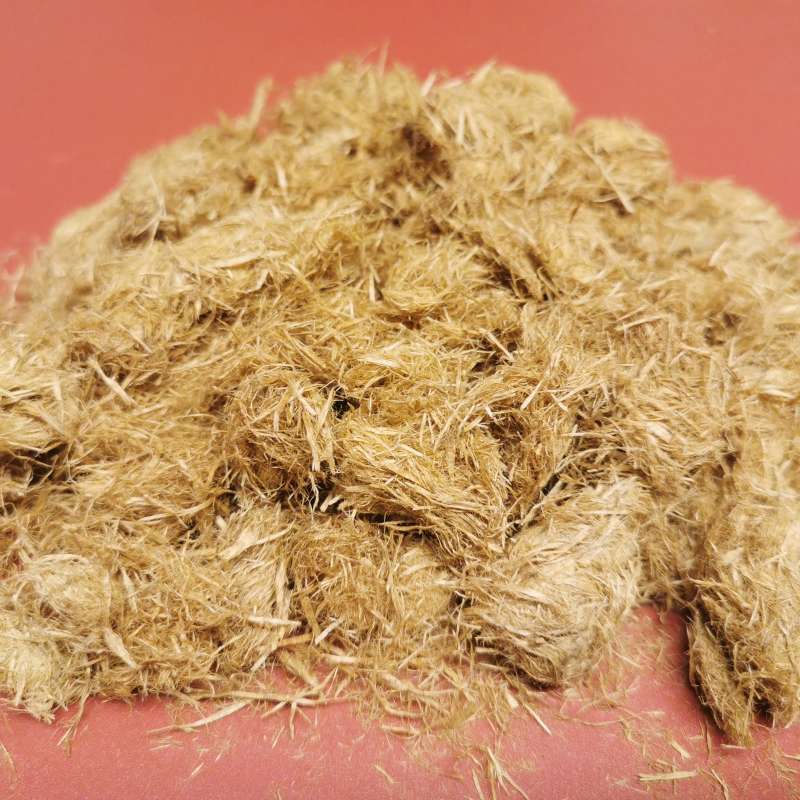
Divisjon for matproduksjon og samfunn
Utnyttelse av trefiber og avfallsstrømmer for bærekraftige og sirkulære dyrkingsmedier i hagebruket (‘SUBTECH 2.0’)
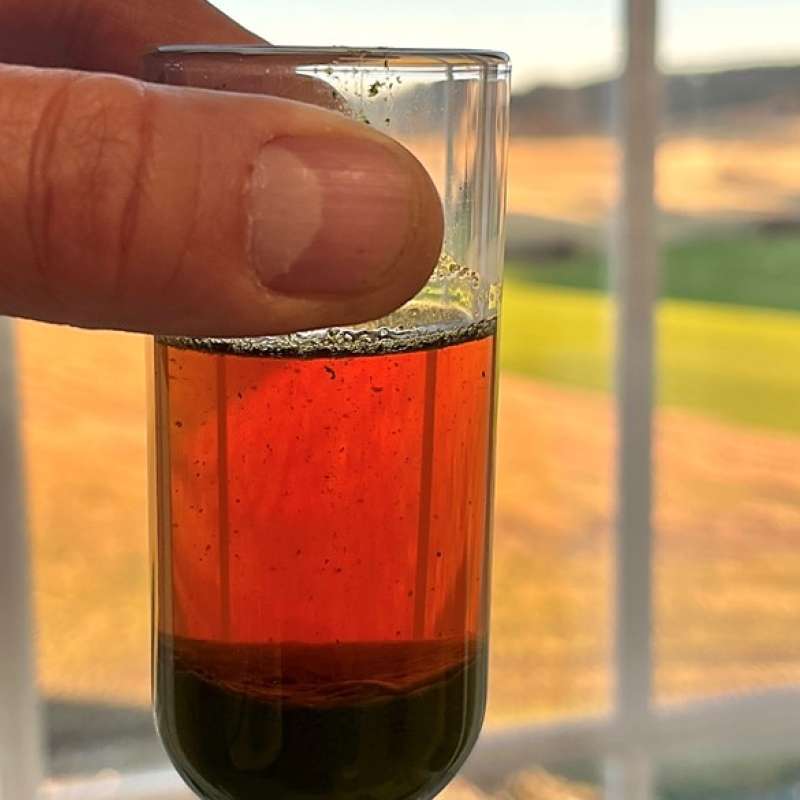
Divisjon for matproduksjon og samfunn
ONETWO - En avling, to fôrrasjoner – lokalprodusert fôr fra bioraffinerte engvekster til melkekyr og slaktekylling
Engvekster er råstoffet ved grønn bioraffinering som gir en rekke interessant sluttprodukter. Forskningsprosjektet ONETWO har som mål å evaluere grønt proteinkonsentrat fra presset gras som proteinkilde i kyllingfôr og fiberrik pulp i fôret til melkekyr. Vi vil også bidra til teknologisk utvikling ved å teste nye avvanningsmetoder for råstoffer med høyt vanninnhold. Videre skal vi vurdere bærekraft og utvikle forretningsmodeller for bioraffinering av engvekster i Norge.

